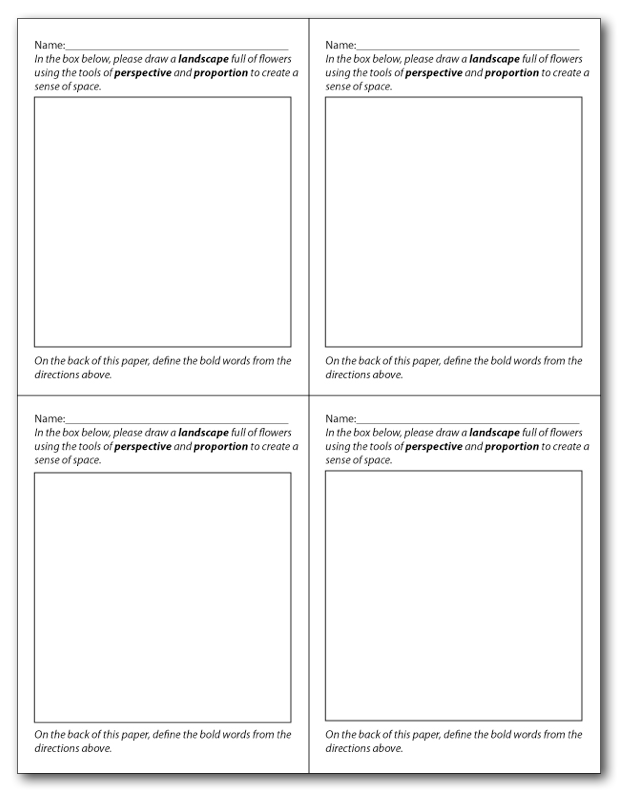Chapter 3
(3.1) Personal and social development can have a major influence on both individual student
learning and the learning environment as a whole. Identify a case from the CSEL guidelines*
that you would like to address in your paper. Then, examine the possible developmental
factors that could be influencing your target student(s) or classroom in the case study. Consider
all dimensions of personal and social development, including cognitive, language, social,
emotional, and moral development. *CSEL guidelines can be found under CSEL Artifact. Cases
are included at the end of the document. Choose the case that best suits your desired grade level.
Elementary Education:
You engage your third grade students in cooperative learning activities at least twice a day, changing heterogeneous group members once every four weeks. You have agreed upon routine procedures that your classroom community uses within their small groups, including the roles and responsibilities of group members. Lately you have noticed that one small group always seems to have difficulty grasping material and completing their project in an acceptable manner. You observe this group carefully and find that Lisa seems to be the catalyst for their problems. She gets angry with others if she does not get the job she wants and refuses to do her part in contributing to the group’s learning. She constantly interrupts others in her group. She does not pay attention when her group prepares for class presentations.
Many of Lisa's issues in school seem to be able to be attributed to her lack of social development. When faced with stressful or difficult situations she is not capable of dealing them in a mature manner She reacts with aggressive behavior Her cognitive development may not be on par with her peers and may play a part in her frustration. She may not be able to understand the assignments and in turn is becoming frustrated. Lisa's is not able to use words to communicate her desires to her peers. This leads me to believe that she could use some development in the language department. I believe that by looking at these issues in her development and working on them, Lisa's school experience will improve. The teacher has to take a holistic approach and not only focus on her cognitive development, but work to improve her social skills and language skills as well.
(3.22) Check out tables 3.1 (p. 75), 3.2 (p. 83) and 3.3 (p. 91) with particular attention to the age
ranges you are interested in teaching. Identify your personal favorite ways that an educator can
promote a child’s sense of self, perspective taking, and moral reasoning skills.
The book advises the use of scaffolding in my age range to promote a sense of self. I would like to have discussions with children about art and talk to them about how they relate to it in their real lives. I want children to be able to understand how their actions affect others. I think that this is a key part of moral development. When a child does something nice for another child, like helping pick up paper scraps, I will be sure to give extra praise. When a child does something that is harmful to someone else, I will use that as a teaching moment to show the child how his or her actions affect other people.





